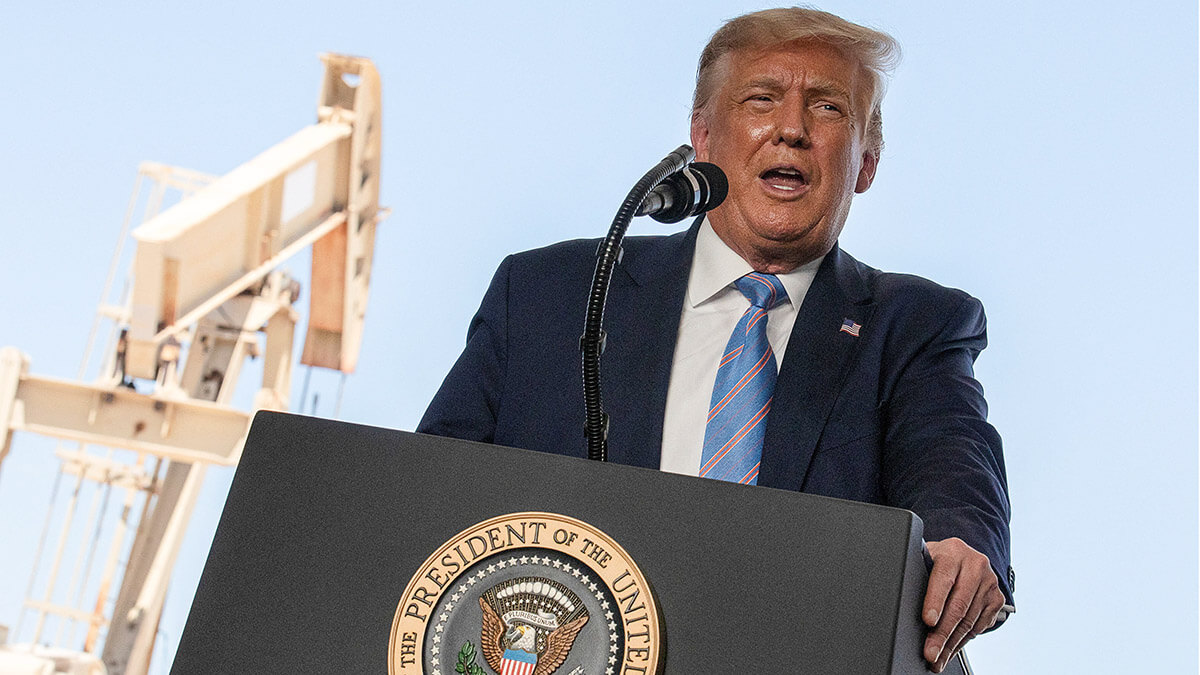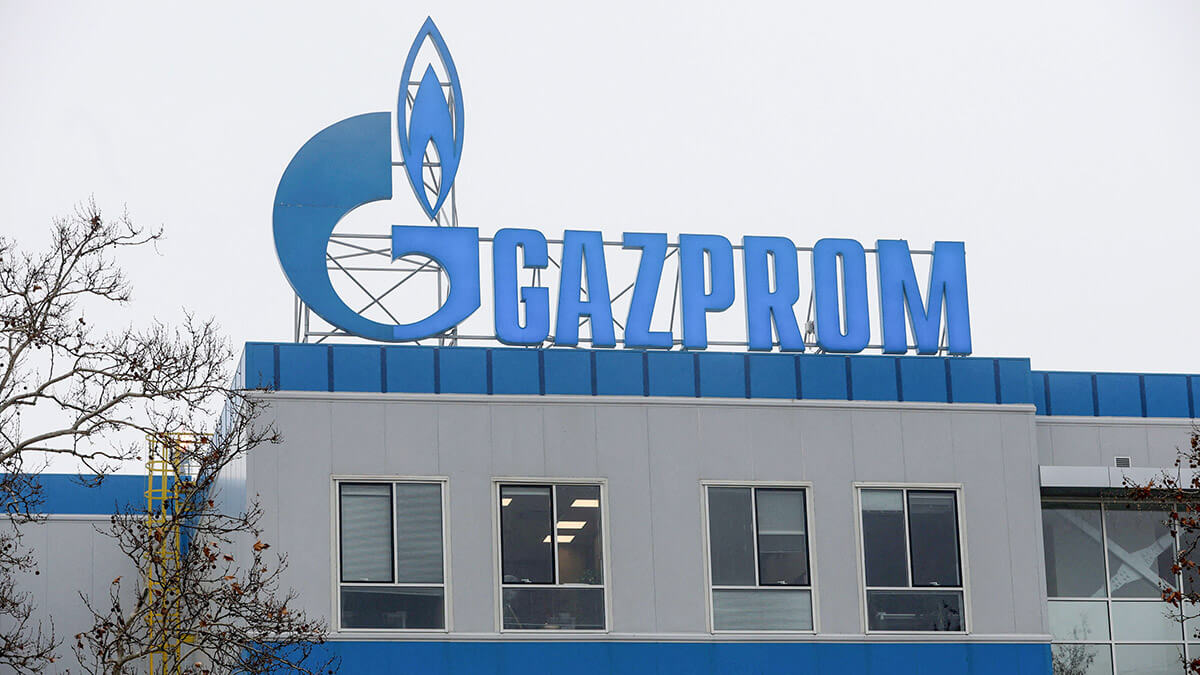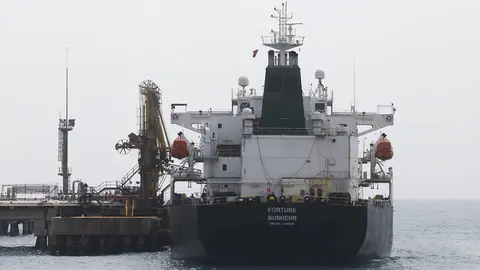Iran and Russia are left without ships to transport their oil, following US sanctions

The sanctions imposed by the United States on entities that trade in Iranian and Russian oil, and on the ships that transport it, are achieving their objective. Crude oil from the two sanctioned countries is finding it increasingly difficult to be transported to its main customers, China and India.
All this, in the midst of a resurgence of the US campaign against Iran: last week, US President Donald Trump resumed his ‘maximum pressure’ strategy against Iran, with the aim of reducing its oil exports to zero and ultimately preventing it from developing a nuclear arsenal.
This pressure has caused the amount of Iranian oil that remains loaded on oil tankers and cannot be delivered to its destination to reach its highest level in several months. According to the consultancy firm Kpler, the amount of Iranian oil in floating storage is around 25 million barrels, 80% of which is in tankers off the coasts of Malaysia and Singapore.
Emma Lee, an analyst at the tanker tracking firm Forteza Analytics, estimates that the amount of Iranian crude and condensate in floating storage reached 73.1 million barrels at the end of January.
The decrease in buyers due to US sanctions, the lower number of tankers available for cargo delivery and the increase in the cost of crude oil are the main causes of this stagnation.
According to Braemar ACM, 57% of the 126 large ships that transport Iranian oil to China have already been sanctioned by the US government. And the unloading of those arriving in China has also become more complicated since the Shandong Port Group (the Chinese province where most of the refineries that buy Iranian oil are located) banned sanctioned oil tankers from docking at its ports.

US sanctions
On 6 February, the Trump Administration imposed new sanctions on the Iranian oil sector. This decision is due, according to a statement from the Treasury Department, to the fact that they work with an ‘international network that facilitates the delivery of millions of barrels of Iranian crude oil, worth hundreds of millions of dollars, to China’.
These restrictions also include several oil tankers, the companies that hired them and individuals from different jurisdictions, including China, India and the United Arab Emirates. One of the companies sanctioned is Sepehr Energy, which the United States describes as ‘an Iranian military front company’.
From Iran, the Foreign Ministry spokesman, Esmail Baqai, responded to the sanctions by stating that ‘preventing Iran's legal trade with its economic partners is an illegitimate, illegal and unjustified measure that violates international laws and norms’, and threatened: ‘the Iranian government holds the United States responsible for the consequences of these unilateral and intimidating acts’.
This initiative to impose sanctions also involves the freezing of assets held directly or indirectly by the companies affected, as well as the restriction of those with headquarters in the United States or US citizens from trading with the individuals or entities that have been sanctioned, so as to be sanctioned as well. In addition, they make it more difficult for the punished companies to trade, as they limit their ability to use the dollar in their transactions.

Iran and Russia exports
Despite this, Iran's crude exports increased for the second consecutive month to 1.78 million barrels per day in January, after reaching a two-year low of 1.45 million barrels per day in November 2024. In addition, crude oil prices rose as the number of non-sanctioned vessels carrying oil to China declined.
As a result, traders said that discounts on Iranian light crude fell to 50 cents a barrel for ICE Brent, the best level in several years, compared to discounts of 2.50 dollars a barrel a few months ago on cargoes destined for ports in Shandong province.
On the other hand, the tightening of oil sanctions by the outgoing Biden Administration has caused refinery costs to rise in China and India. Even so, the March weekly mixed crude is trading between 2 and 3 dollars above Brent on the Intercontinental Exchange for December delivery to China. This is, according to trade sources, the highest figure in approximately two years.

Transport costs have also increased and there are fewer ships available. In fact, it is estimated that the cost of exporting oil from eastern Russia to northern China was approximately 4.5 million dollars, which is three times higher than before the US sanctions, but 7 million dollars less shortly after they were announced.
According to Kpler, Russian crude in floating storage reached a two-month high of 88 million barrels on 27 January, 24% more than on 10 January, when the sanctions were announced, Kepler data showed.
The volume has decreased since the end of January due to a reduction in Russian crude exports, although some cargoes have been unloaded. Many ships that in the past were engaged in the export of Iranian oil have now switched to trading with Russia.










